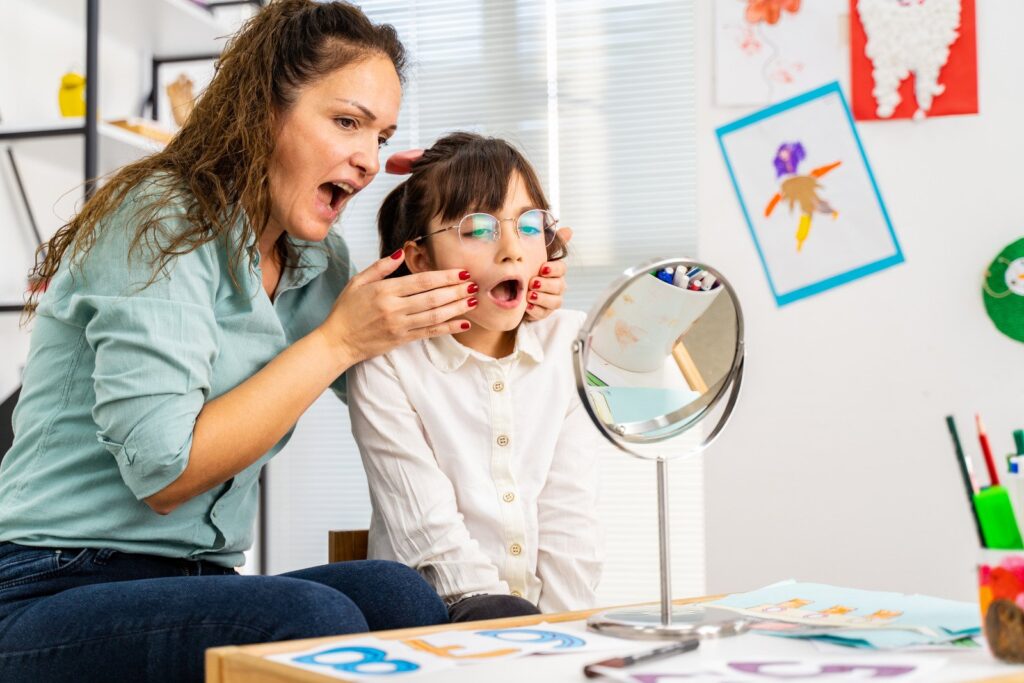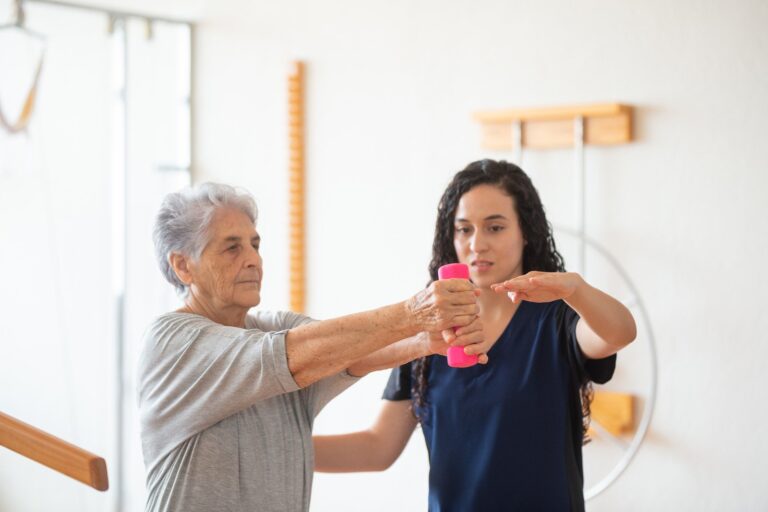Occupational therapy (OT) is a cornerstone of modern healthcare, focusing on empowering individuals to engage in meaningful activities while improving their mental and physical well-being. This holistic approach recognizes the interconnectedness of mind and body, offering customized strategies to help individuals achieve their goals and lead fulfilling lives.
The Connection Between Mental and Physical Health
Health is a dynamic interplay between the mind and body. Mental challenges, such as anxiety or depression, often manifest in physical symptoms like fatigue or muscle tension. Similarly, physical disabilities or illnesses can lead to emotional struggles. Occupational therapy bridges this gap by addressing both aspects simultaneously:
- Restoring Functionality: Through physical rehabilitation, OT helps regain mobility and independence.
- Improving Emotional Health: Therapy sessions focus on reducing stress and boosting confidence, helping patients cope better with daily challenges.

Personalized Plans for Holistic Health
Occupational therapists understand that every individual is unique, requiring a customized treatment plan. These plans encompass:
- Assessment of Needs: Identifying both mental and physical barriers.
- Skill Development: Teaching techniques to manage daily tasks effectively.
- Support Systems: Integrating family and community resources for consistent care.
Enhancing Mental Well-Being
Mental health plays a crucial role in overall wellness. Occupational therapy promotes mental resilience by:
- Encouraging Social Interaction: Rebuilding communication skills.
- Creating a Routine: Establishing stability and reducing anxiety.
- Art and Recreational Therapies: Providing creative outlets to alleviate stress.
Strengthening Physical Health
Physical limitations can be challenging, but OT provides innovative solutions to overcome them:
- Adaptive Equipment Training: Helping individuals use assistive tools like wheelchairs or walkers.
- Pain Management Techniques: Offering strategies to reduce chronic pain.
- Home Modifications: Making living spaces safer and more accessible.
Key Benefits of Occupational Therapy
Improved Independence
From cooking meals to managing finances, OT empowers individuals to take control of their lives.
Enhanced Quality of Life
By aligning therapy goals with personal aspirations, OT ensures that patients can engage in activities that bring them joy.
Preventing Further Complications
For individuals with chronic conditions, OT helps minimize the risk of secondary issues like joint stiffness or depression.
Practical Applications in Daily Life
Rehabilitation After Injury
Occupational therapy is instrumental in helping patients regain function after accidents or surgeries.
Coping with Chronic Conditions
From arthritis to multiple sclerosis, OT offers tools to manage long-term conditions effectively.
Supporting Caregivers
Therapists also guide families on how to best support their loved ones, fostering a positive caregiving
Empowering Through Education
One of the critical aspects of occupational therapy is educating patients about their conditions and the resources available to them. This empowerment fosters self-reliance and encourages proactive participation in their recovery journey.
Workshops and Training
Many OT programs include workshops to teach patients new skills, such as stress management, time management, and safe physical practices.
Awareness Campaigns
Occupational therapists often organize community events to promote awareness about the importance of mental and physical health, breaking down stigmas and encouraging individuals to seek help.
Occupational Therapy for Specific Groups
Children with Special Needs
For children with conditions such as autism or ADHD, OT focuses on developmental milestones like fine motor skills, sensory integration, and social interactions.
Elderly Individuals
Occupational therapy helps seniors maintain independence, manage age-related conditions like arthritis, and adapt to changes in physical abilities.
Working Professionals
For those experiencing workplace stress or injuries, OT provides ergonomic assessments and strategies to balance work-life demands.
The Role of Technology in Occupational Therap
Virtual Therapy Sessions
With advancements in telehealth, patients can now access occupational therapy remotely. This is particularly beneficial for individuals in rural areas or those with mobility challenges.
Assistive Devices and Wearables
From smart prosthetics to fitness trackers, technology is enabling more effective interventions and better patient outcomes.
Augmented Reality (AR)
AR is being used to simulate real-life environments, helping patients practice tasks like driving or grocery shopping in a safe, controlled setting.
Collaborative Efforts in Occupational Therapy
Occupational therapy often involves collaboration between various healthcare professionals, such as:
- Physiotherapists: For physical rehabilitation.
- Speech Therapists: For communication improvement.
- Psychologists: To address mental health challenges.
This interdisciplinary approach ensures comprehensive care, addressing all aspects of a patient’s well-being.
Building a Supportive Environment
Family Involvement
Therapists work closely with families, teaching them how to create a supportive home environment.
Community Resources
Access to local support groups, recreational centers, and job training programs is often facilitated by occupational therapists.
Peer Support Networks
Being part of a group with similar experiences fosters camaraderie and shared learning, further enhancing recovery and growth.
The Long-Term Impact of Occupational Therapy
Occupational therapy is not just about short-term fixes; it aims to create lifelong habits that contribute to overall well-being. Patients who embrace the principles of OT often report:
- Improved Relationships: Better communication and emotional regulation lead to stronger personal and professional bonds.
- Increased Productivity: By overcoming barriers, individuals can contribute more effectively at work or in community roles.
- Enhanced Self-Esteem: Accomplishing daily tasks independently boosts confidence and a sense of achievement.

Success Stories: How OT Transforms Lives
Real-life examples highlight the impact of occupational therapy:
- A stroke survivor learning to write again.
- A child with autism building social connections.
- An elderly individual regaining the confidence to live independently.
Real-Life Success Stories
The transformational power of occupational therapy is best highlighted through success stories:
- Overcoming Stroke Paralysis: John, a stroke survivor, regained the ability to write and cook through tailored OT sessions.
- Managing Autism: Emma, a 10-year-old with autism, learned how to engage socially and improve her academic performance with therapy.
- Rebuilding Confidence: Maria, an elderly woman recovering from hip surgery, returned to her gardening hobby with the help of adaptive tools and therapy.
The Importance of Community Support
Occupational therapy is not a solo journey. The involvement of family, friends, and community groups is crucial for long-term success. Therapists often work alongside these support systems to ensure sustainable progress.
Technological Advancements in OT
Modern tools like virtual reality and wearable devices are revolutionizing occupational therapy, making treatments more engaging and efficient.
Conclusion
Occupational therapy is a transformative tool that bridges the gap between mental and physical well-being. It empowers individuals by fostering resilience, independence, and a sense of purpose. Whether addressing physical challenges, mental health issues, or developmental delays, OT provides a pathway to a balanced and fulfilling life.
For anyone seeking a comprehensive approach to health, occupational therapy is an invaluable resource that enhances quality of life, one step at a time.







